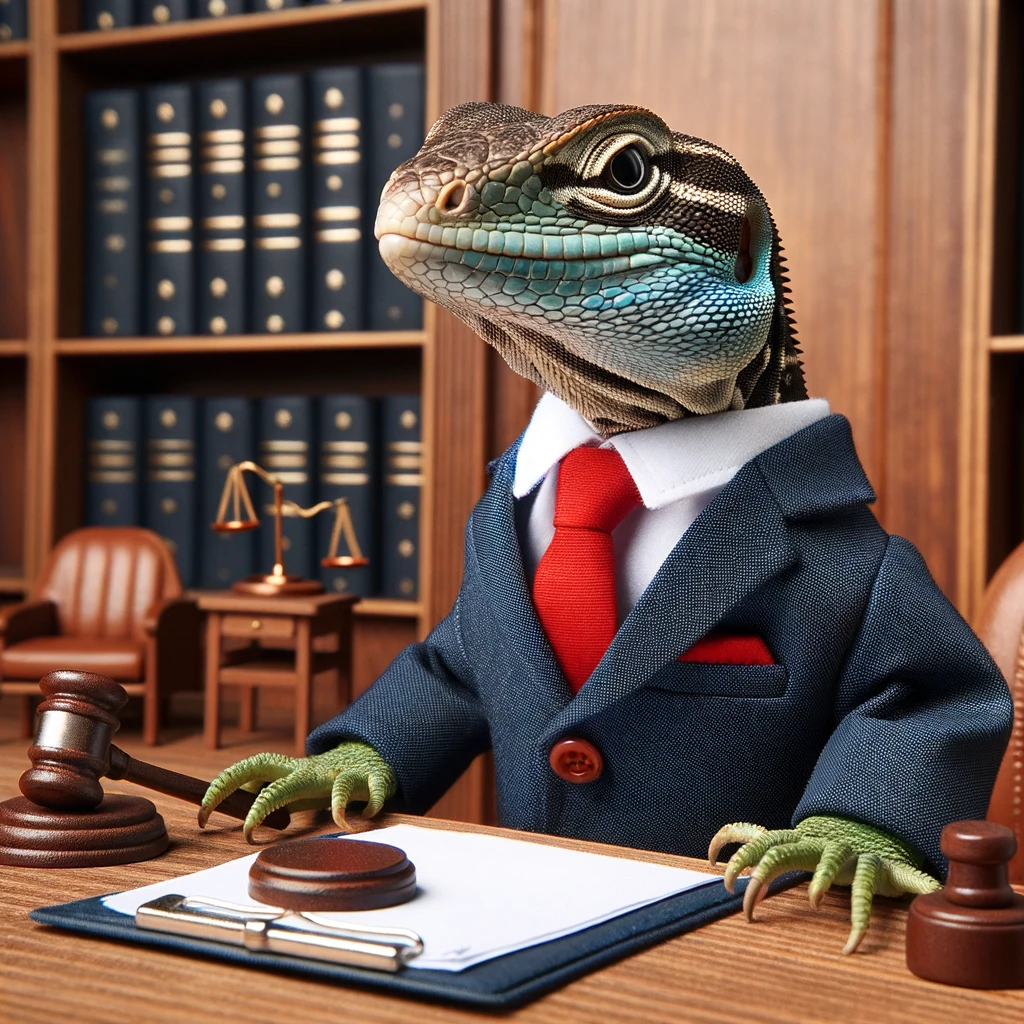Wildlife photography can be a deeply rewarding pursuit, offering moments of connection with nature and stunning visual captures.

However, it’s a field where passion intersects with responsibility, and understanding the legal context is crucial. Here are key legal considerations for wildlife photographers.
Access and Permissions
Most wildlife photography occurs in nature reserves, national parks, or private lands. Each area may have specific rules about where you can go, what you can photograph, and whether you need permits. In national parks, for instance, you may be required to stay on designated paths and use boardwalks to protect natural habitats. Private land requires the owner’s permission, and some protected areas may be off-limits or require special permits for photography.
Wildlife Protection Laws
Various laws aim to protect wildlife from disturbance, especially during sensitive periods like nesting or mating seasons. The Migratory Bird Treaty Act in the U.S., for instance, prohibits the disturbance of migratory birds and their nests without a permit. It’s crucial to understand the behavior of the species you’re photographing and avoid causing stress or altering their natural activities.
Endangered Species Legislation
Special protections often exist for endangered or threatened species. Laws like the U.S. Endangered Species Act (ESA) can impose strict penalties for harassing or harming these animals, intentionally or unintentionally. Photography that could disrupt the normal behavior of such species may be subject to legal scrutiny.
Commercial Photography
If you intend to sell your wildlife photographs or use them commercially, additional permits might be required, especially when shooting in national parks or other protected areas. These permits help authorities manage commercial activities and ensure they do not negatively impact the environment or wildlife.
Drone Use
Drones offer new perspectives for wildlife photography but come with their own set of legal considerations. Many protected areas have restrictions or outright bans on drone use due to potential disturbances to wildlife and visitors. Additionally, drone pilots must adhere to aviation authorities’ regulations concerning drone flight, which may include height restrictions, no-fly zones, and licensing requirements.
Privacy Concerns
In some instances, wildlife photography can inadvertently capture images of people in natural settings, raising privacy concerns. It’s important to respect individuals’ privacy and seek consent when necessary, especially if the images will be published or used commercially.
Ethical Considerations
Beyond legalities, ethical considerations are paramount. Respecting wildlife and their habitats, minimizing disturbance, and prioritizing the well-being of subjects over getting the perfect shot are principles that guide responsible wildlife photography.
Navigating the legalities of wildlife photography ensures that your practice contributes positively to the appreciation and conservation of nature. By understanding and respecting access rules, wildlife protection laws, commercial regulations, and ethical standards, photographers can enjoy their craft while being ambassadors for the natural world they capture. As laws and regulations can vary significantly by region and subject, staying informed and compliant is key to a respectful and sustainable practice in wildlife photography.